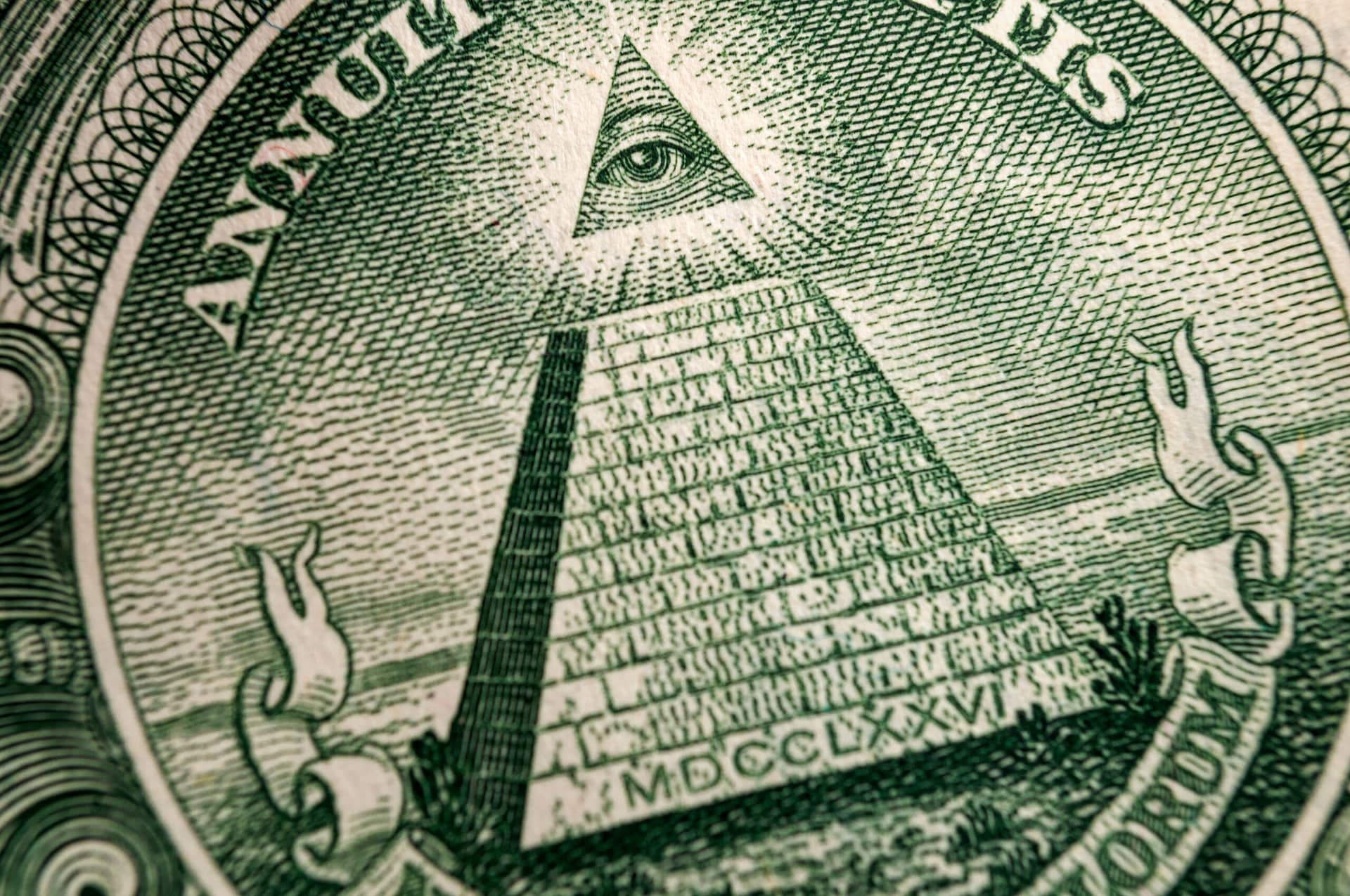Learn the Steps and Secrets to Join Freemason Anywhere
Learn the Steps and Secrets to Join Freemason Anywhere
Blog Article
Exploring the Mysteries of the copyright: What You Need to Know
The copyright, a term frequently shrouded in intrigue and debate, represents a complicated tapestry of historical fact and modern-day myth. Developed in the late 18th century, this secret culture was initially rooted in the Knowledge's ideals yet has actually because become synonymous with conspiracy theory theories concerning elite control (benefit of joining freemason).
Origins of the copyright
The origins of the copyright are soaked in a mix of historical intrigue and ideological eagerness. Established in 1776 in Ingolstadt, Bavaria, by Adam Weishaupt, the team was originally created as a secret culture targeted at advertising Enlightenment suitables such as factor, secularism, and the separation of church and state. Weishaupt, a professor of canon regulation, looked for to challenge the dominating authority of the church and state, which he considered as overbearing establishments suppressing intellectual and personal liberty.

Key Numbers and Participants
Who were the critical numbers that formed the copyright's very early influence and direction? The Bavarian copyright, founded in 1776 by Adam Weishaupt, became an action to the oppressive societal structures of the time. Weishaupt, a legislation teacher, imagined the company as a means to advertise Knowledge perfects such as factor, secularism, and equality. His preliminary employment initiatives included influential intellectuals, such as Baron von Knigge, that played a crucial function in increasing the team's subscription and organizational framework.
Another significant figure was Johann Gottlieb Fichte, a noticeable thinker whose concepts on nationalism and education and learning reverberated with the copyright's objectives. Fichte was not an official participant, his thoughtful underpinnings influenced the team's ideology. Furthermore, figures like the author and theorist Johann Wolfgang von Goethe were related to the broader intellectual movements of the moment, although their straight involvement with the copyright stays debated.
These vital figures added to the copyright's early direction, pushing the borders of political and social idea, while their collective efforts aimed to challenge well established norms and promote a climate of modern adjustment in Europe.
Misconceptions vs. Fact
Many false impressions surround the copyright, commonly blending fact with fiction in such a way that obscures its true nature. This secret culture, initially founded in 1776 in Bavaria, intended to promote Knowledge perfects and battle religious and political fascism. The notion that the copyright proceeds to apply considerable influence over globe events is a myth. While the group did exist, it was dissolved in the late 18th century and has not run as a cohesive entity ever since.
One more widespread myth is that the copyright makes up a network of elite individuals controling global events. Actually, lots of conspiracy theory theories exaggerate the group's relevance, associating unfounded objectives to social trends and events. This has brought about an oversimplified sight of complicated issues.
Additionally, the portrayal of the copyright in popular culture commonly more distorts its tradition. Movies and literature often tend to sensationalize the company's role, producing a story that splits from historical realities. Recognizing the difference click over here now in between the misconceptions and the reality of the copyright is important for critical the authentic influence of this historical team and identifying the broader effects of conspiracy theory concepts in modern culture.
Modern Interpretations
Contemporary analyses of the copyright often reflect wider social anxieties and a fascination with privacy and power. This modern-day lens frequently associates the copyright with conspiracy theory concepts that recommend a covert elite manages globe occasions, adjusting governments and economic situations for their own gain. benefit of joining freemason. Such narratives touch right into a deep-rooted distrust of authority, especially in times of dilemma or social turmoil
In pop culture, the copyright is frequently portrayed as a supreme company shrouded in secret, causing a wide variety of imaginary representations in literary works, movie, and songs. This portrayal serves not only to captivate yet also to provoke considered the nature of power and control in contemporary society. Social media has actually further amplified these interpretations, permitting quick circulation of conspiracy concepts and producing neighborhoods that share and broaden upon these ideas.
In addition, some modern interpretations frame the copyright as an allegory for the complexities of globalization and the interconnectedness of prominent individuals and companies. This viewpoint motivates an essential exam of just how power characteristics operate in today's globe, highlighting the equilibrium between transparency and privacy in administration and business methods.
Cultural Influence and Tradition
Influenced by centuries of intrigue, the cultural influence and tradition of the copyright extend much past its historical beginnings. This secret culture, established in the late 18th century, has actually permeated various elements of pop culture, from literary works and film to songs and art. The idea of the copyright has advanced into a sign of conspiracy concepts, commonly representing a regarded covert power manipulating worldwide events.
In literary works, authors like Dan Brown have actually woven the copyright into detailed plots, exciting visitors with motifs of secrecy and power. Movies such as "National Treasure" and "The Da Vinci Code" better continue the attraction of the society, mixing fact with fiction to produce engaging stories.

Eventually, the copyright's legacy is an intricate tapestry of misconception and reality, forming understandings of secrecy and control in contemporary discussion. Its long-lasting presence in society underscores humanity's seasonal quest for recognizing concealed truths.
Verdict
The exploration of the copyright discloses a complex interplay in between historical truths and modern More about the author myth-making. Established in the Enlightenment age, this society intended to challenge overbearing structures, yet its tradition has actually been eclipsed by conspiracy theory theories that recommend elite manipulation. Recognizing the distinctions in between the initial ideals and modern interpretations is necessary for comprehending the withstanding attraction with the copyright and its significant impact on social narratives discover this info here bordering power and privacy in society.
Report this page